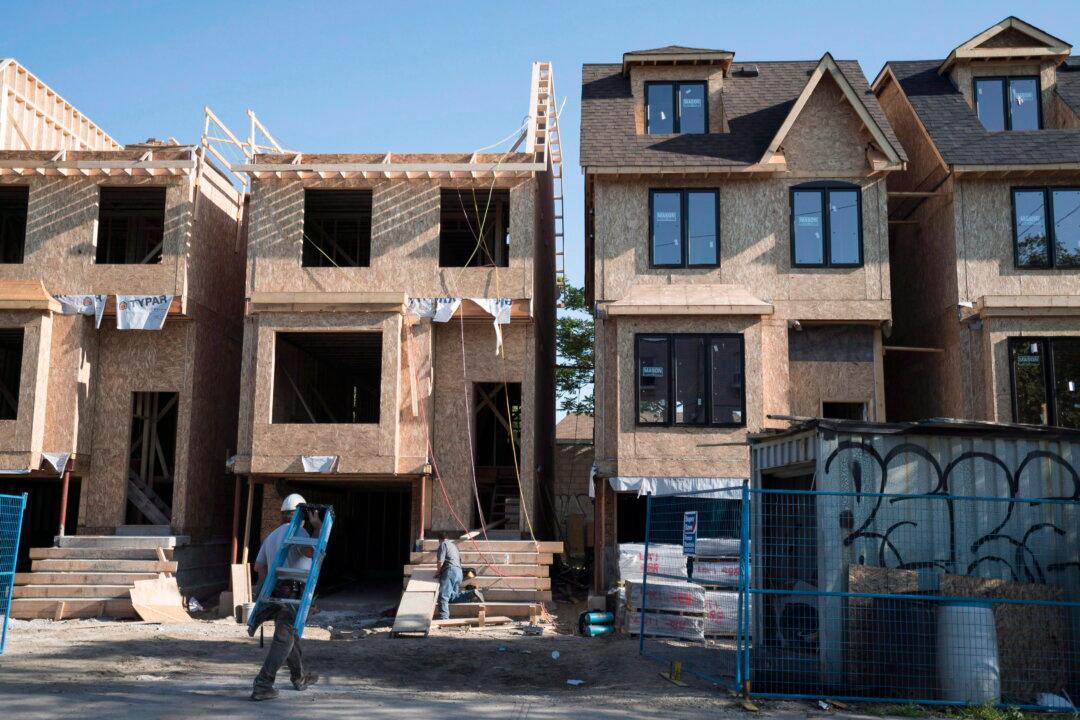The housing crisis in Canada will soon reach “even more alarming levels” if the government and other stakeholders don’t increase construction to meet demand, according to a new RBC Economics report.
Housing construction needs to increase by nearly 50 percent if Canada has any hope of keeping up with future demographic growth, said RBC assistant chief economist Robert Hogue.





